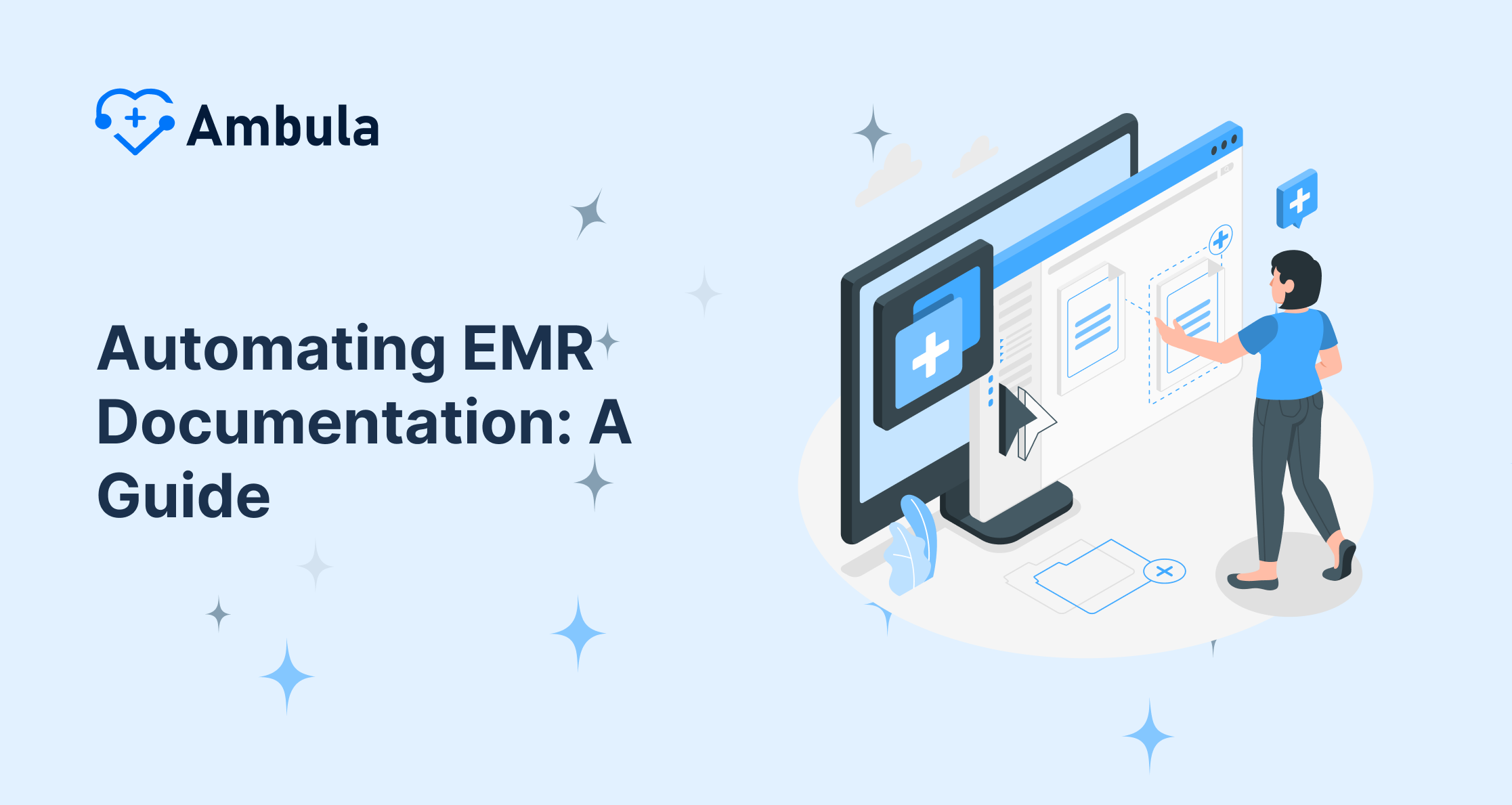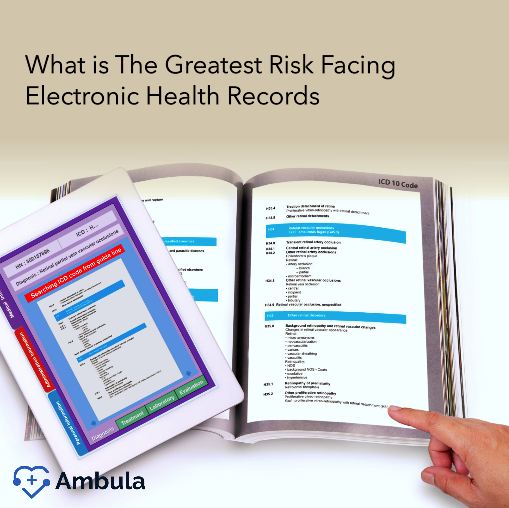
In the contemporary healthcare system, accurate medical record-keeping is a prerequisite for facilitating optimal patient care, maximizing operational efficiency, and concurrently meeting legal and medical obligations. However, in the rough and tumble world of clinical settings, the conventional way of storing medical records – typically in gargantuan metal filing cabinets – proliferates costs considerably. This article explores innovative solutions to mitigate such expenses.
Understanding Medical Record Storage
Medical record storage is organizing, maintaining, and protecting patient medical records. This includes both paper and electronic medical records (EMRs). Medical records contain important information about a patient’s health history, including diagnoses, treatments, medications, and allergies. This information is essential for healthcare providers to provide quality patient care.
Medical record storage can be done in-house or by a third-party medical records management (MRM) provider. In-house storage involves the healthcare organization storing and managing its medical records. This can be a complex and time-consuming process, especially for larger organizations. MRM providers specialize in storing and managing medical records for healthcare organizations.
Specific Costs Associated with Traditional Medical Record Storage
The costs associated with traditional medical record storage vary depending on the size and complexity of the healthcare organization. However, some of the common costs include:
- Space: Medical records require a significant amount of space to store. This can be a major expense for healthcare organizations in urban areas, where commercial real estate is expensive.
- Equipment: Healthcare organizations must invest in specialized equipment to store and manage medical records, such as filing cabinets, scanners, and software.
- Personnel: Healthcare organizations must hire and train staff to manage medical records. This can be a significant expense, especially for larger organizations.
- Security: Medical records are sensitive information that must be protected from unauthorized access. Healthcare organizations must invest in security measures to protect their medical records, such as access control systems and encryption.
The Need for Cost Reduction in Medical Record Storage
Medical record storage is an essential part of healthcare operations, but it can also be a significant expense. Healthcare organizations are increasingly looking for ways to reduce their medical record storage costs without sacrificing quality or security.
There are a number of challenges associated with high medical record storage costs. For healthcare organizations, it can mean reduced profits, increased costs for patients, and even reduced access to care. When healthcare organizations have to spend a lot of money on medical record storage, they have less money to invest in new technologies and services, recruit and retain top talent, and provide affordable care to patients.
The high costs of medical record storage are also a challenge for patients. When healthcare organizations have to pass on the costs of medical record storage to patients, it can make healthcare less affordable. Patients may have to pay higher deductibles, copays, and out-of-pocket costs. In some cases, patients may even have to delay or forgo needed care because they can’t afford it.
Correlation Between High Healthcare Cost and Medical Record Storage Cost
There is a strong correlation between high healthcare costs and high medical record storage costs. This is because the high costs of medical record storage are ultimately passed on to patients in the form of higher healthcare costs.
A recent study found that healthcare organizations with the highest medical record storage costs also had the highest healthcare costs. The study found that a 1% increase in medical record storage costs led to a 0.5% increase in healthcare costs.
Several factors contribute to this correlation. One factor is the need to comply with HIPAA and other privacy regulations. Healthcare organizations must comply with strict requirements on how medical records are stored and managed. These requirements can add to the cost of medical record storage, which can ultimately be passed on to patients through higher healthcare costs.
Another factor that contributes to the correlation between high healthcare costs and high medical record storage costs is the need to invest in new technologies. Healthcare organizations must invest in new technologies to store and manage medical records efficiently and effectively. However, new technologies can be expensive, which can also be passed on to patients in the form of higher healthcare costs.
Digitizing Medical Records
Digitization of medical records is the process of converting paper medical records into electronic medical records (EMRs). EMRs are stored in a secure digital format and can be accessed by authorized users from anywhere with an internet connection.
Digitization of medical records can help to eliminate physical storage costs in several ways. First, it eliminates the need to store large amounts of paper records. Second, it reduces the need for physical storage space, such as filing cabinets and warehouses. Third, it reduces the need for staff to manage physical records, such as filing and retrieving records.
How Digitization of Medical Records Helps to Eliminate Physical Storage Cost
Digitization of medical records eliminates the need to store large amounts of paper records. This can save healthcare organizations a significant amount of money, as paper records can be expensive to purchase, store, and manage.
For example, a study by the American Hospital Association found that hospitals can save up to 20% on labor costs by digitizing their medical records. This is because staff can spend time on more important tasks, such as patient care.
Several case studies show how digitizing medical records has reduced costs in other healthcare facilities. For example:
- The University of Pennsylvania Health System saved $2 million annually by digitizing its medical records.
- The Mayo Clinic saved $10 million annually by digitizing its medical records.
- The Cleveland Clinic saved $15 million annually by digitizing its medical records.
These case studies show that digitization of medical records can save healthcare organizations a significant amount of money. The savings can be used to improve patient care, invest in new technologies, or reduce patient costs.
Digitization of medical records is a cost-effective way to improve the efficiency and quality of healthcare delivery. By eliminating physical storage costs, digitizing medical records can save healthcare organizations a significant amount of money. This money can improve patient care, invest in new technologies, or reduce patient costs.
Cloud-based Storage Solutions
Cloud-based storage solutions are a type of data storage that is hosted on remote servers and accessed over the internet. This type of storage is becoming increasingly popular for healthcare organizations, as it offers several advantages over traditional on-premises storage solutions.
One of the main advantages of cloud-based storage solutions is that they can save healthcare organizations a significant amount of money. This is because cloud-based storage providers typically charge on a pay-as-you-go basis, which means that healthcare organizations only pay for the storage they use. This can be a significant savings, especially for healthcare organizations that have large amounts of data to store.
Another advantage of cloud-based storage solutions is that they are highly scalable. Healthcare organizations can easily scale their storage capacity up or down as needed. This can be helpful for healthcare organizations that experience seasonal fluctuations in data storage needs.
How Cloud-based Storage Solutions Save Cost
Cloud-based storage solutions can save healthcare organizations money in several ways. First, cloud-based storage providers typically charge on a pay-as-you-go basis. This means that healthcare organizations only pay for the storage they use. This can be a significant savings, especially for healthcare organizations that have large amounts of data to store.
Second, cloud-based storage solutions can help healthcare organizations avoid the upfront costs of purchasing and maintaining on-premises storage infrastructure. This can be a significant savings for healthcare organizations, especially those on a tight budget.
Assessment of the Security Measures in Cloud-based Storage Solutions
Cloud-based storage solutions typically employ various security measures to protect customers’ data. These security measures include:
- Data encryption: Data encryption is the process of scrambling data so that it can only be read by authorized users. Cloud-based storage providers typically encrypt all data at rest and in transit.
- Access control: Access control is the process of managing who has access to what data. Cloud-based storage providers typically implement access control measures such as role-based access control and multi-factor authentication.
- Physical security: Cloud-based storage providers typically have physical security measures to protect their data centers. These measures may include security cameras, perimeter security, and access control.
In addition to these security measures, cloud-based storage providers are subject to various compliance requirements. These requirements may include HIPAA compliance, PCI DSS, and SOC 2 compliance.
Overall, cloud-based storage solutions offer several security features to protect their customers’ data. However, it is important for healthcare organizations to carefully evaluate the security measures of any cloud-based storage provider before choosing a solution.
Data Compression Techniques
Data compression reduces the size of a file or data stream without losing any essential information. This can be done by using various techniques, such as removing redundant data, encoding data more efficiently, or using statistical methods to reduce the data size.
There are two main types of data compression: lossless and lossy. Lossless compression reduces the size of a file without losing any data. This is the type of compression that is typically used for important data, such as medical records. Lossy compression reduces the size of a file by removing some of the data. This is the type of compression that is typically used for multimedia files, such as images and videos.
How Using Data Compression Techniques Can Decrease the Volume of Data Being Stored
Using data compression techniques can decrease the volume of stored data and ultimately lower costs in several ways. First, compressed data files take up less space on storage devices. This can save healthcare organizations money on storage costs, especially if they store large amounts of data.
Examples of Data Compression Techniques
There are several different data compression techniques available. Some of the most common techniques include:
- Run-length encoding (RLE): RLE replaces repeated sequences of characters with a single instance of the character and a count of the number of repetitions.
- Lempel-Ziv-Welch (LZW) compression: LZW compression uses a dictionary to encode data. The dictionary is built as the data is being compressed.
- Deflate compression: Deflate compression is a combination of RLE and LZW compression. It is one of the most widely used data compression techniques.
- Bzip2 compression: Bzip2 compression is a lossless data compression algorithm that uses a combination of techniques, including Burrows-Wheeler transform (BWT), Move-to-front transform (MTF), and Huffman coding.
- LZMA compression: LZMA compression is a lossless data compression algorithm that uses a combination of techniques, including the Lempel-Ziv-Markov chain algorithm (LZMA) and range coding.
Using data compression techniques can decrease the volume of data being stored and ultimately lower costs for healthcare organizations. Data compression techniques can be used to reduce the size of data files, which can save healthcare organizations money on storage, bandwidth, and hardware costs. There are a number of different data compression techniques available, and the best technique to use will depend on the specific needs of the healthcare organization.
Conclusion
In conclusion, reducing medical record storage costs manifests far-reaching benefits for healthcare providers, impacting overall operational costs and patient care. Though the implementation of digital solutions like EHR, cloud-based storage, data compression techniques, or outsourcing may require up-front investment, the long-term return on investment clearly justifies that leap. After all, in an era of rapid digital transformation, progressiveness is not an option but a necessity for sustainable healthcare.




